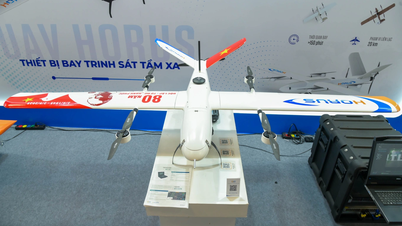According to data released by China's Ministry of Industry and Information Technology earlier this week, the country had installed 3.5 million mobile base stations by the end of February. China now has 851 million 5G subscribers, accounting for nearly half of the country's mobile users.

The total investment by the three domestic carriers – China Mobile, China Telecom, China Unicom – and joint venture China Tower in 2023 will total 385 billion yuan ($53.3 billion), up 2% from the previous year. However, their 2024 plan is down 5% to 366 billion yuan, as 5G investment has peaked.
China Telecom said total investment last year was 98.8 billion yuan, up 7%, but forecasts a 3% drop this year to 96 billion yuan. Chairman and CEO Ke Ruiwen told reporters that this was largely due to structural changes. For China Telecom, the proportion of investment in mobile networks, mostly 5G, is smaller than the cost of “industry digitization” by 2023. He predicted that investment would continue to decline in the coming years unless something as large-scale as 5G or 6G comes along.
China Mobile, the largest carrier by subscribers, said investment will peak in 2023. Chairman Yang Jie repeatedly said that 5G investment will peak between 2020 and 2022, and will decline steadily in the following years. However, the exception is spending on improving computing capabilities to support growth in artificial intelligence and cloud computing. Investment in this area could rise more than 20% in 2024 to 47.5 billion yuan. This is still lower than the expected 5G investment of 69 billion yuan.
China Unicom, the smallest of the three, also echoed Chen Zhongyue, president of China Unicom, who said that investment in computing capacity to support new areas such as AI will continue to increase, but overall capital expenditure is likely to decline unless significant strategic opportunities arise. China Unicom has partnered with China Telecom in recent years to “co-build, co-share” 5G investment, which has saved the two companies 340 billion yuan in capital expenditures so far, cutting operating costs by about 39 billion yuan a year.
China Mobile Chairman Yang predicts that the transition to 6G will happen around 2030, when the investment costs may be relatively reasonable due to technological advances. In fact, 5G investment in China will peak in 2023 but is still lower than 4G investment in 2015 (440 billion yuan).
The GSM Association (GSMA) has just released the China Mobile Economy 2024 report. Accordingly, the booming 5G market could contribute nearly $260 billion to China's GDP by 2030. The country's 5G connections also accounted for nearly one-third of the total global 5G connections in the same period.
By 2023, the mobile industry will contribute 5.5% of China's GDP. Telecommunications is a pillar industry underpinning the country's rapidly growing digital ecosystem. The GSMA report shows that the mobile industry has created nearly 8 million direct and indirect jobs.
GSMA said the pace of 5G adoption in China is faster than expected due to the speed of network deployment and mature device ecosystem.
(According to SCMP, Nikkei)
Source




![[Photo] Keep your warehouse safe in all situations](https://vphoto.vietnam.vn/thumb/1200x675/vietnam/resource/IMAGE/2025/10/1/3eb4eceafe68497989865e7faa4e4d0e)
![[Photo] Hanoi morning of October 1: Prolonged flooding, people wade to work](https://vphoto.vietnam.vn/thumb/1200x675/vietnam/resource/IMAGE/2025/10/1/189be28938e3493fa26b2938efa2059e)

![[Photo] President of the Cuban National Assembly visits President Ho Chi Minh's Mausoleum](https://vphoto.vietnam.vn/thumb/1200x675/vietnam/resource/IMAGE/2025/10/1/39f1142310fc4dae9e3de4fcc9ac2ed0)

























































































Comment (0)